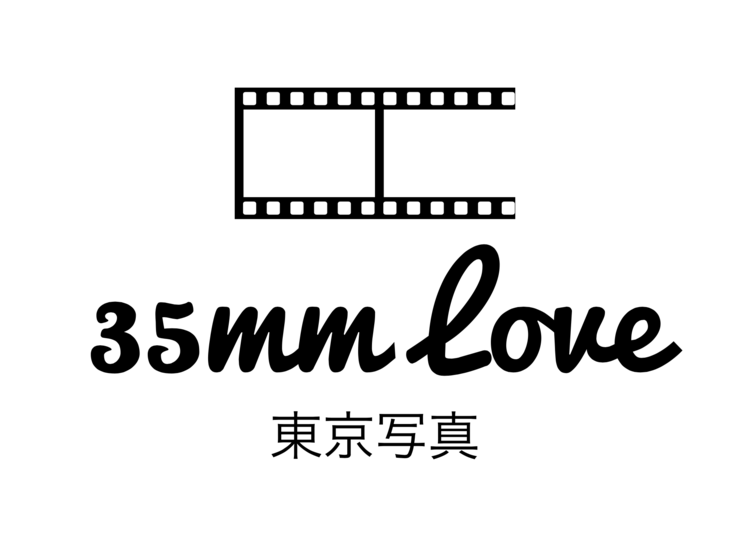We're in the middle of the raining season here in Tokyo, which means summer is around the corner. I was thinking I'll shoot some more b&w film this summer and wanted to test a few 100 ISO rated films for those really bright days. I almost always shoot with a yellow or orange filter, but even with that my usual Tri-X is just too fast for a day in the sun. So I tried out a few 100 speed films that I had lying around still. Fomapan 100, Ilford Delta 100 and Adox Silvermax.
I am going to review the Silvermax here and the other two in a follow up post. I didn't want to mess with too many developers, so I decided to soup them all in D-76 1+1, same formula I use for Tri-X. Since I print a lot of my negatives in the darkroom I do appreciate an easy to print negative. For people who only scan their film this may not be worth reading at all.
I shot a test (half-roll) setting my cameras meter to an ISO, then shot one normal exposure, one +3 stops over, one -4 stops under.
Daylight scene: (100, +3, -4), (200, +3, -4), (50, +3, -4)
Grey surface: (100, +3, -4), (200, +3, -4), (50, +3, -4)
The film was developed in D-76 1+1 at 20 degrees for 11:00.
I judge my personal film speed from the shots of the grey surface. At -4 stops I should see some density starting to build up. The first set, shot at 100, +3, -4 has basically no density at the -4 bracket (frame 29). Over to the 200, +3, -4 set. Frame 35 above is basically clear film base, so this is not it either. Over to the 50iso set. The -4 frame has a decent amount of density showing up. Maybe even a bit too much for my taste. I like my shadows! So I am guessing that for my developing technique with my tanks and my water and my agitation and my room temperature etc. this film's speed for my taste is somewhere between 50- 100 ISO. Let's say 64ISO.
To confirm, I expose the corresponding frame of the daylight scene (frame 17) onto paper. I do this using minimum time to get maximum blacks. If the print is to dark that means I was wrong and the frame is underexposed. If it's too bright I was wrong and the frame was either overexposed or over developed. In my case frame 17 actually prints OK, but with very low contrast. I can increase the development time to get denser highlights and increase the contrast. (or mess with the contrast setting on the enlarger, but the goal is to get an easy to print negative) Increasing dev time unfortunately does almost nothing to the shadows, hence no change in film speed here. I could keep trying to change the dev time until I get the contrast I want or just use the Silvermax developer they offer, but I decided not to. 64ISO is a little bit on the slow side for my taste. I was looking for true 100ISO and actually found that in Delta 100. I'll review that in a future post.
Adox Silvermax is still a fine film. In D-76 1+1 it exhibits extremely fine grain. By increasing the development time by 20% it will probably have good contrast too. The film has a very clear base, no tint whatsoever, which makes it easy to print or maybe even reverse develop into slides. The only thing that slightly bothered me is that Adox seems to use a half frame perforator to print the edge marking. Not a big deal, but I am used to the proper 36 exposure codes of Ilford and Kodak. Foma also uses half frame markings. Interesting choice, considering there's very few people shooting half frames.
** So reading Kodak's D-76 tech sheet it seems that you need at least 237ml of stock D-76 for each 135-36 roll of film. At 1+1 in 300ml I only have 150ml. According to Kodak I either increase the development time or the tank size. That explains the underexposed negatives above.

